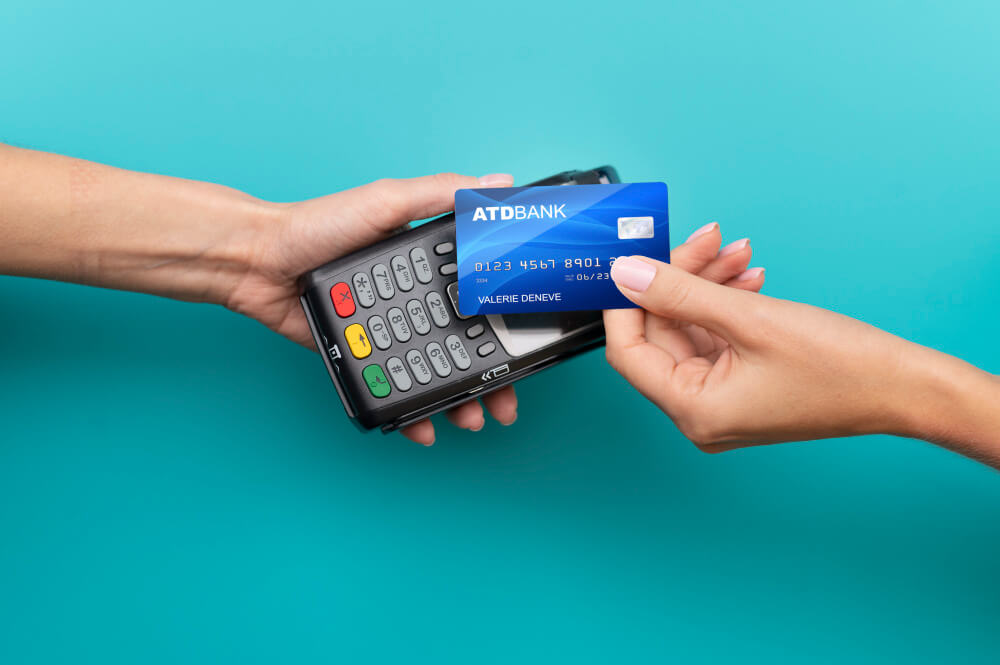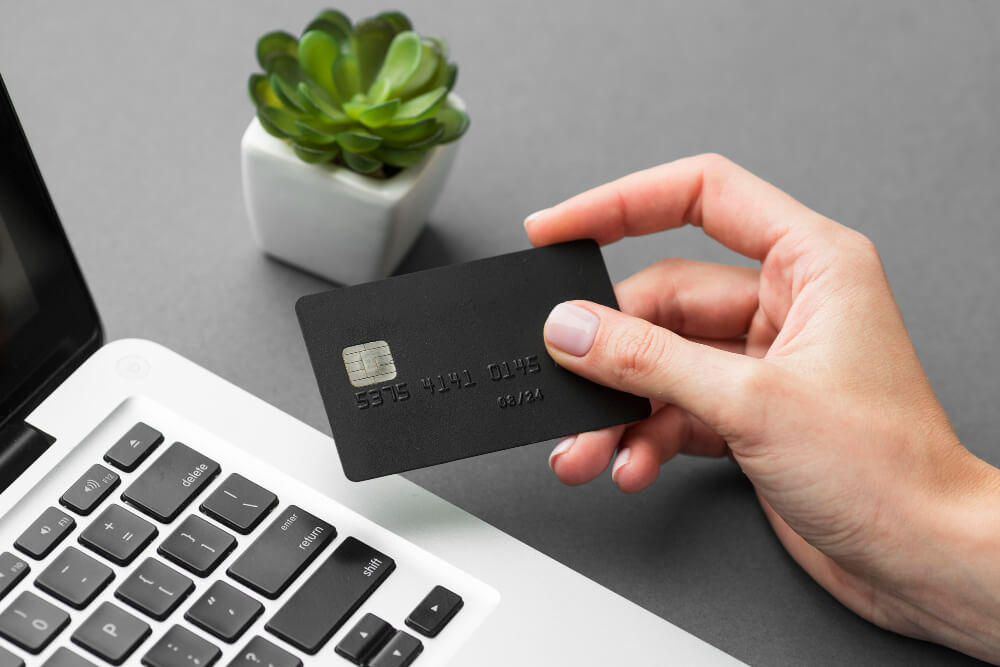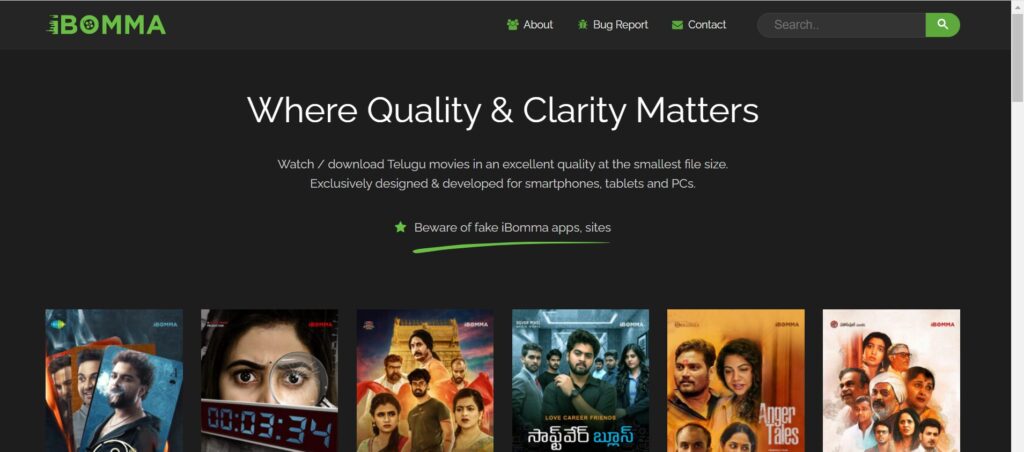In the world of electronic payments, security is paramount. One essential aspect of payment security is the concept of liability shift. Liability shift determines who is responsible for fraudulent or disputed transactions. It ensures that the party with the most control over a transaction bears the financial responsibility in case of unauthorized charges. A successful liability shift is required for enrolled cards to protect merchants and customers. In this blog, we will explore actionable steps to fix the issue of “successful liability shift for an enrolled card is required” and enhance the security of electronic payment systems.
Table of Contents
With the rapid expansion of e-commerce and card-based transactions, the need for robust security measures has become increasingly apparent. Liability shift, in its essence, is a mechanism that determines who is responsible for fraudulent transactions or unauthorized charges. Traditionally, the burden of liability fell on the issuer or the payment network. However, with the introduction of a liability shift, the responsibility can shift to a different party under specific circumstances.

Understanding Liability Shift
Definition of Liability Shift
Liability shift refers to the transfer of financial responsibility from one party to another in the event of fraudulent or disputed transactions. It establishes guidelines and protocols that determine who bears the liability for unauthorized charges or instances of fraud. The shift typically occurs when certain predefined criteria are met, and the party that has not met these requirements becomes liable for the transaction.
Importance of Liability Shift
Liability shift plays a crucial role in enhancing the security of electronic payment systems. By allocating responsibility to the party with the most control over the transaction, it incentivizes stakeholders to implement robust security measures. This not only reduces the risk of fraudulent activity but also instills trust and confidence in the payment ecosystem.
Enrolled Card and Liability Shift
What is an Enrolled Card?
An enrolled card is a payment card that has been registered or enrolled in a specific program or system that offers additional security features. These programs often utilize advanced technologies, such as tokenization or two-factor authentication, to mitigate the risk of unauthorized transactions. Enrolled cards are typically associated with payment networks and financial institutions.
Liability Shift for Enrolled Cards
For enrolled cards, liability shift occurs when the merchant is not utilizing the available security measures provided by the payment network or financial institution. If a fraudulent transaction takes place on an enrolled card, and the merchant has not implemented the required security measures, the liability for the transaction may shift from the issuer or payment network to the merchant.
Benefits of Successful Liability Shift
Implementing a successful liability shift for enrolled cards brings forth numerous benefits for both merchants and customers.
Reduced Fraud Risk for Merchants
By shifting the liability to the merchant in case of non-compliance with security measures, the incentive to implement robust security protocols increases significantly. This reduces the risk of fraudulent transactions and minimizes the financial losses associated with such activities. Merchants can focus on providing a seamless shopping experience, knowing that they are protected against liability if they adhere to the required security standards.
Enhanced Security for Customers
The liability shift reinforces the security measures implemented by payment networks and financial institutions. Customers can make payments with greater confidence, knowing that their enrolled cards are protected by additional security features. This instills a sense of trust and encourages customers to engage in more online transactions, thereby contributing to the growth of e-commerce.
Increased Trust in the Payment System
Liability shift is instrumental in fostering trust in the payment system as a whole. When customers feel secure while making transactions, they are more likely to continue using card-based payment methods. Additionally, merchants who adhere to the necessary security standards demonstrate their commitment to protecting customer data and finances. This trust-building factor can lead to increased customer loyalty and repeat business.

Implementing Successful Liability Shift
Implementing a successful liability shift requires collaboration between payment networks and merchants, compliance with industry standards, and the adoption of appropriate security measures.
Collaboration between Payment Networks and Merchants
Payment networks and merchants must work together to ensure a seamless implementation of liability shifts. Clear communication and guidelines are essential to educating merchants about the security measures they need to adopt. This collaboration fosters shared responsibility for securing transactions and aligns the interests of both parties.
Compliance with Payment Card Industry (PCI) Standards
Compliance with the Payment Card Industry Data Security Standard (PCI DSS) is a critical aspect of liability shift implementation. Merchants need to ensure their systems meet the required security standards to qualify for liability shift protection. This involves regular security audits, secure storage of customer data, and adherence to best practices outlined by the PCI Security Standards Council.
Security Measures for Enrolled Cards
Merchants should leverage the security features provided by payment networks for enrolled cards. These measures can include tokenization, where sensitive card data is replaced with unique tokens, or multi-factor authentication, which adds an extra layer of security by requiring additional verification steps. Implementing these security measures not only protects enrolled card transactions but also enables liability shift in case of fraudulent activity.
Challenges and Considerations
While liability shift offers significant advantages, there are challenges and considerations that stakeholders must address to ensure successful implementation.
Technological Requirements
Implementing the necessary security measures for enrolled cards may require upgrades or enhancements to existing systems. Merchants must assess their technological capabilities and invest in the required infrastructure to meet the standards set by payment networks. This includes compatibility with tokenization services, implementing secure payment gateways, and maintaining up-to-date security protocols.
Cost Implications
Enhancing security measures can involve additional costs for merchants. Investing in secure payment gateways, upgrading systems, and conducting regular security audits may require financial resources. However, the cost of implementing these measures is often outweighed by the potential losses associated with fraudulent transactions and the long-term benefits of customer trust and loyalty.
Consumer Education
To ensure a smooth transition to liability shift, it is crucial to educate customers about the importance of security measures and the protection offered by enrolled cards. Clear communication regarding the enhanced security features and liability shift benefits can help customers understand the value proposition and alleviate any concerns they may have about the changes in liability responsibilities.
What’s 3D Secure?
3D Secure is a security protocol developed by major card networks, such as Visa (Verified by Visa) and Mastercard (Mastercard SecureCode). It was introduced to combat the increasing incidents of unauthorized online transactions and provide an added level of protection for both merchants and cardholders. 3D Secure adds an authentication step to the payment process, making it more secure and reducing the risk of fraud.
How Does 3D Secure Work?
The 3D Secure process typically involves three parties: the cardholder, the merchant, and the card issuer. Here’s how the process works:
- Cardholder Initiation: When a cardholder makes an online purchase, the merchant’s website redirects them to a secure page provided by their card issuer. This page prompts the cardholder to enter a one-time password or a unique authentication code.
- Authentication Request: The card issuer receives the authentication request and verifies the cardholder’s identity using the provided password or code. The issuer may also use additional authentication methods, such as biometric verification or SMS verification.
- Authentication Response: The card issuer sends an authentication response back to the merchant, indicating whether the transaction is authenticated or not. If the authentication is successful, the transaction proceeds and the payment is authorized. If the authentication fails, the transaction may be declined, or additional verification steps may be required.
Is 3D Secure Mandatory?
While 3D Secure is highly recommended for online transactions, its implementation is not mandatory for all merchants. However, some regions and card networks may have specific regulations and requirements regarding the use of 3D Secure. Merchants are encouraged to assess their specific circumstances, industry best practices, and regulatory guidelines to determine whether implementing 3D Secure is appropriate for their business.

How to Fix “Successful Liability Shift for Enrolled Card is Required”
The digital age has transformed the way we conduct transactions, making online and card-based payments an integral part of our lives. With the increasing popularity of enrolled cards, it becomes crucial to address any issues related to liability shifts. Fixing the “successful liability shift for an enrolled card is required” the problem requires a proactive approach and collaboration between various stakeholders. Let’s delve into the steps that can be taken to rectify this issue.
Step 1: Understand Liability Shift and its Importance
Before fixing the problem, it is essential to have a clear understanding of liability shift and its significance in payment security. Liability shift refers to the transfer of financial responsibility from one party to another in case of fraudulent or disputed transactions. It plays a crucial role in incentivizing stakeholders to implement robust security measures and fosters trust in the payment ecosystem.
Step 2: Evaluate Compliance with Security Standards
To ensure successful liability shift, it is necessary to assess compliance with security standards. Merchants should carefully review the requirements set by payment networks and financial institutions. This involves understanding the specific security measures that need to be implemented to qualify for liability shift protection. Compliance with industry standards, such as the Payment Card Industry Data Security Standard (PCI DSS), is crucial in this regard.
Step 3: Collaborate with Payment Networks
Collaboration with payment networks is vital for achieving successful liability shift. Merchants should establish clear lines of communication and engage in open discussions with payment network representatives. By understanding the specific requirements and guidelines, merchants can align their security measures accordingly.
Step 4: Implement Robust Security Measures
To fix the issue of “successful liability shift for the enrolled card is required,” it is crucial to implement robust security measures. These measures can include:
- Tokenization: Utilize tokenization services provided by payment networks to replace sensitive card data with unique tokens. This reduces the risk of unauthorized access to card information.
- Two-Factor Authentication: Implement two-factor authentication, requiring additional verification steps for transactions. This adds an extra layer of security and helps prevent unauthorized card usage.
- Secure Payment Gateways: Ensure the use of secure payment gateways that encrypt and protect card data during transmission. This safeguards sensitive information from interception by unauthorized parties.
- Regular Security Audits: Conduct periodic security audits to identify vulnerabilities and address any potential security gaps. This helps maintain compliance with industry standards and ensures ongoing protection against fraudulent activities.
Step 5: Educate Customers about Enrolled Card Security
Educating customers about the security measures associated with enrolled cards is crucial in achieving a successful liability shift. Provide clear and concise information about the enhanced security features and their benefits. This instills confidence in customers and encourages them to continue using enrolled cards for transactions.
Step 6: Stay Updated with Evolving Technologies
The landscape of payment security is ever-evolving. To ensure ongoing success in liability shifts, merchants must stay updated with the latest technologies and trends. Keep an eye on emerging security solutions and advancements, such as biometric authentication and dynamic risk assessment algorithms. By adopting these technologies proactively, merchants can stay ahead of potential security threats.
Click here for more related posts
FAQs
Why is a successful liability shift important for enrolled cards?
Successful liability shift for enrolled cards ensures that the party with the most control over a transaction bears the financial responsibility in case of fraudulent or disputed charges. It incentivizes the implementation of robust security measures and fosters trust in electronic payment systems.
How can merchants assess compliance with security standards?
Merchants can assess compliance with security standards by reviewing the requirements set by payment networks and financial institutions. Compliance with industry standards, such as the Payment Card Industry Data Security Standard (PCI DSS), is crucial. Regular security audits help identify vulnerabilities and ensure ongoing compliance.
What are some robust security measures for enrolled cards?
Robust security measures for enrolled cards include tokenization, two-factor authentication, utilization of secure payment gateways, and conducting regular security audits. These measures enhance the protection of sensitive card data and minimize the risk of unauthorized access.
How can customers be educated about enrolled card security?
Customers can be educated about enrolled card security through clear and concise communication. Provide information about the enhanced security features, the benefits they offer, and how they contribute to the protection of their card transactions.
Why is staying updated with evolving technologies important?
Staying updated with evolving technologies helps merchants stay ahead of potential security threats. Emerging technologies, such as biometric authentication and dynamic risk assessment algorithms, offer enhanced security measures that can further strengthen the foundation of payment security.
Is liability shift applicable to all types of transactions?
Liability shift primarily applies to card-based transactions, both online and offline, where enrolled cards are used. The specific criteria and applicability may vary based on the payment network and regional regulations.
Can customers still dispute charges with liability shift?
Customers can still dispute charges if they identify unauthorized or fraudulent activity on their enrolled cards. However, liability shift shifts the responsibility to the non-compliant party if the necessary security measures were not in place.
Are there any exceptions to the liability shift?
Exceptions to liability shift may vary depending on the payment network and the specific circumstances surrounding the transaction. It is important for merchants to understand the terms and conditions of liability shift agreements.
How does liability shift impact small businesses?
The liability shift incentivizes small businesses to implement robust security measures, reducing their risk of financial losses due to fraudulent transactions.
What is the role of payment networks in liability shift?
Payment networks establish the guidelines and protocols for liability shift, determining the party responsible for fraudulent or disputed transactions.



